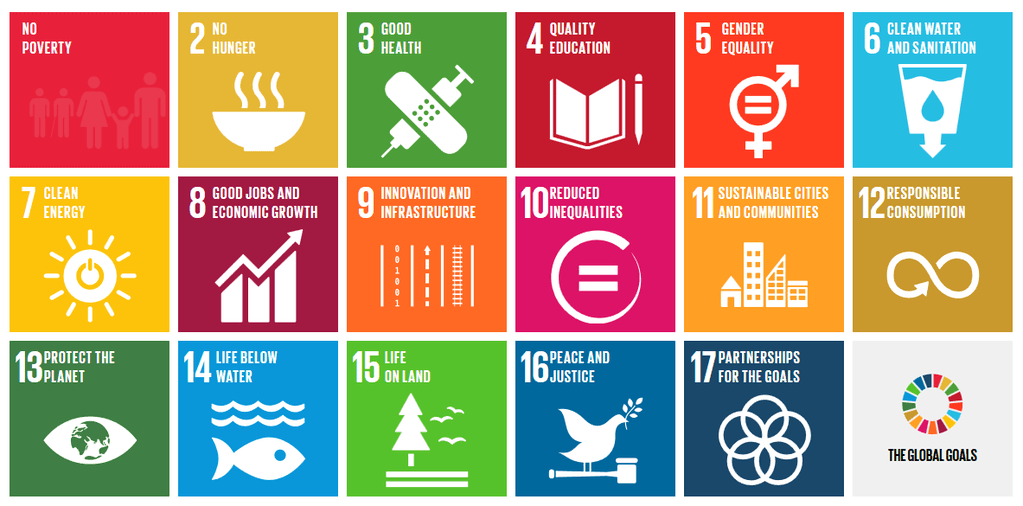It’s no longer enough to estimate your carbon footprint. Investors, regulators, and large clients want proof—and increasingly, that means independent verification of your greenhouse gas (GHG) data.
GHG verification is the process of having a third party evaluate your emissions data to ensure it is accurate, complete, and credible. For small and mid-sized businesses trying to keep pace with ESG demands, it may sound like overkill. But in reality, it’s becoming a strategic asset—and in some sectors, a basic requirement.
Why Verification Is Gaining Ground
Whether you’re reporting to CDP, working toward Science-Based Targets, or preparing for a supplier audit, verification is increasingly embedded in the process. The EU’s CSRD requires limited assurance of ESG data. The U.S. SEC climate rule will also require assurance for large filers. And even outside of regulation, major buyers want to know they can trust the data you submit.
It’s not just about compliance—it’s about credibility. Verification gives external audiences confidence that your data reflects reality. That matters whether you’re making public claims, competing for contracts, or preparing for ESG ratings.
Limited vs. Reasonable Assurance
GHG verification isn’t one-size-fits-all. There are two primary levels of assurance:
- Limited Assurance: A high-level review, often based on interviews and spot checks. Most commonly used for Scope 1 and 2 disclosures, or for initial reporting cycles.
- Reasonable Assurance: A more in-depth audit, involving source data, documentation, and internal controls. This is the gold standard for investor-facing or regulatory disclosures.
Choosing the right level depends on your goals, audience, and maturity level. But either way, third-party assurance sets your data apart from competitors relying on self-reported estimates.
What to Expect From a GHG Verification Process
Verification typically follows these steps:
- Define the verification boundary and scope
- Submit your GHG inventory, calculation methods, and documentation
- The verifier conducts a materiality assessment and reviews data sources
- A verification statement is issued—confirming compliance and assurance level
Verifiers follow standards such as ISO 14064-3, and align with protocols like the GHG Protocol and SBTi.
How ECG Supports Your Verification Journey
At ECG Global Solutions, we provide pre-verification readiness assessments and full GHG inventory support. We help clients navigate the technical requirements of assurance standards, ensure proper documentation, and close any gaps before the formal audit begins.
Whether you’re preparing for a stakeholder disclosure or regulatory filing, our team ensures your emissions data is complete, defensible, and verification-ready.
In a carbon-constrained economy, the ability to prove your numbers may matter just as much as reducing them.



